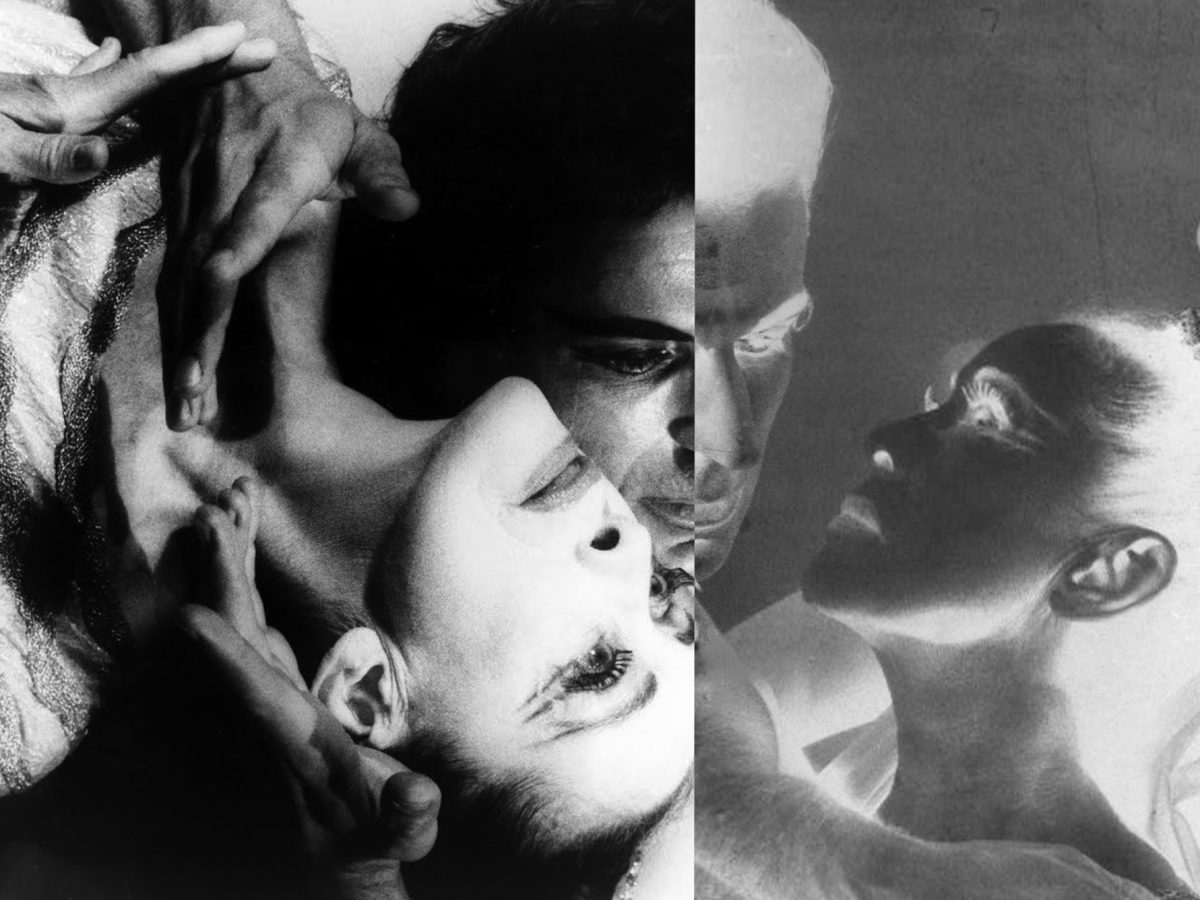Just after 5 p.m. on Oct. 7, a barefoot figure in a white top and long black skirt emerged from the crowd gathered in the Charles Engelhard Court at the Metropolitan Museum of Art.
The figure stepped into the open space in the middle of the gallery and assumed a starting pose. Her presence was undeniably arresting. The audience fell silent and awaited her first movement, which would ignite a performance entitled “Immediate Tragedy” — an excerpt from the work of legendary modern dancer and choreographer Martha Graham.
An entrancing piano melody began to play and the figure rose, exuding quiet power. She then transformed into a whirlwind of dynamic intensity. She ran toward the crowd, keeled over and retreated backward, then pulled into a seamless pirouette.
The performer’s motions were controlled and exact, from sky-high leg extensions to contractions of the torso. Her composure morphed from commanding to frantic to resigned, all at the pivot of her heel or bowing of her head. Punctuating each move was the sound of her breath, which could be heard by audience members.
The dancer’s gaze raked across their many faces, close enough to make some avert their eyes. The performance concluded with the dancer slumping to the floor and the room erupting into applause.
As a part of the Met’s new exhibition on culture and politics in the 1930s, a series of Graham solos were staged around the museum at different intervals, featuring dancers of the Martha Graham Dance Company. “Immediate Tragedy” was performed by Anne Souder, Fordham College at Lincoln Center ’14, a graduate of the Ailey/Fordham BFA program.
Graham is considered a revolutionary figure in the history of contemporary dance, and her vision and accomplishments continue to influence the art form today. Her seminal dance technique is based on the principle of contraction and release, pelvic movement and the “spiraling” of the torso around the spine.
Over the course of her 70-year career, Graham created 180 choreographic works and collaborated with a pantheon of artists, composers, directors and designers. Her work subverted conventional artistic definitions of femininity, contrasting the rigid aesthetics of ballet that held prominence in the world of dance. Through this, she offered a reimagined feminine identity: a woman anchored by deeply emotive and primal physicality.
Performance art is foremost an experience, not a puzzle.
The American dancer and choreographer debuted her iconic solo “Lamentation” in 1930 at Maxine Elliot’s Theatre in New York City, which was brought back for its reenactment in the Leon Levy and Shelby White Court of the Met by Martha Graham Dance Company dancer So Young An.
An wore a tube of fabric that encased everything but her face, hands and feet. This restrained her movements, which created dramatic tensile shapes and conveyed a wrenching sense of inner conflict. Graham described this work as an exploration of grief — in her words, using the fabric to “indicate the tragedy that obsesses the body, the ability to stretch inside your own skin.”
The feeling of suffocation was palpable as An pushed desperately against the fabric, nearly consumed by its distortions. She became a pulsing manifestation of torment — less human form than visceral human experience.
Other works in the performance series included “Spectre-1914” (1932), “Satyric Festival Song” (1932), “Ekstasis” (1933) and “Deep Song” (1937). Each brought the audience into a fleeting vision of life — sharing glimpses of the prismatic and often indescribable sensations of being.
Many people feel out of their depth when it comes to interpreting modern dance. Admittedly, experimental movement is often discomforting. Some completely dismiss it as absurd, while others grasp for familiar physical motifs in an attempt to illuminate facile symbolism. In the face of abstraction, viewers desire a procedural logic that will not emerge nor guide them to meaning.
Performance art is foremost an experience, not a puzzle.
The vignettes of Graham at the Met remind us that every beautiful and strange moment lives only once. We are brought together to share evocative experiences and then pulled apart toward disparate endings. Performance art replicates the momentum of this cycle. It contracts around meaning — holding it in place long enough to make us feel — and then, it releases.
Watch an excerpt of the performance of “Immediate Tragedy” here.



